Type of resources
Topics
Keywords
Contact for the resource
Provided by
Years
Formats
Representation types
Update frequencies
-
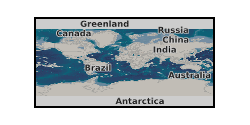
This poster on the UKCCSRC Call 1 project Determination of water solubility limits in CO2 mixtures to deliver water specification levels for CO2 transportation was presented at the CSLF Call project poster reception, London, 27.06.16. Grant number: UKCCSRC-C1-21. Studies of the phase behaviour and water solubility of pure and impure CO2 are of great relevance to the transport phase of the carbon capture and storage (CCS) process. For transport through carbon steel pipelines, CO2 and any impurities present must be present as a single phase to avoid corrosion, and subsequent loss of pipeline integrity. Trace impurities such as H2 and N2 have been shown to alter the phase behaviour of the CO2 at high pressure. Understanding the effect of these impurities on the solubility of H2O in CO2 is vital to confirm the safety and viability of CO2 transport through carbon steel pipelines.
-
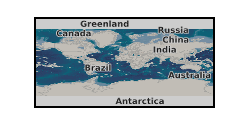
This poster on the UKCCSRC Call 2 project, Process-performance indexed design of task-specific ionic liquids for post-combustion CO2 capture, was presented at the Cardiff Biannual, 10.09.14. Grant number: UKCCSRC-C2-199.
-
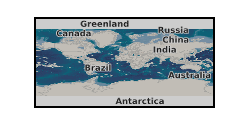
This presentation on the UKCCSRC Call 1 project, Tractable Equation of State for CO2 Mixtures, was presented at the Cranfield Biannual, 22.04.15. Grant number: UKCCSRC-C1-22.
-
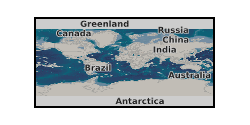
This poster on the UKCCSRC Call 2 project, Process-performance indexed design of task-specific ionic liquids for post-combustion CO2 capture, was presented at the Cardiff Biannual, 10.09.14. Grant number: UKCCSRC-C2-199.
-
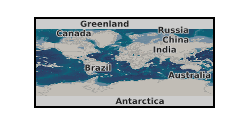
This poster on the UKCCSRC Call 2 project, Multiscale characterization of CO2 storage in the United Kingdom, was presented at the Cranfield Biannual, 21.04.15. Grant number: UKCCSRC-C2-197.
-
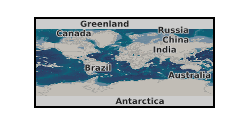
This poster on the UKCCSRC Call 1 project, UK Bio-CCS CAP, was presented at the Cranfield Biannual, 22.04.15. Grant number: UKCCSRC-C1-38.
-
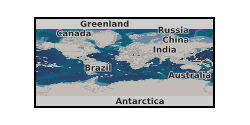
This poster on the UKCCSRC Call 1 project, Mixed Matrix Membrane Preparation for PCC, was presented at the Cranfield Biannual, 21.04.15. Grant number: UKCCSRC-C1-36.
-
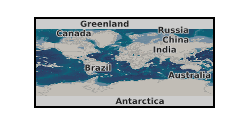
This poster on the UKCCSRC Call 1 project, North Sea aquifer mapping, was presented at the Cranfield Biannual, 22.04.15. Grant number: UKCCSRC-C1-30.
-
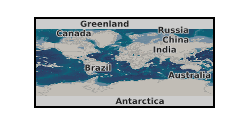
This poster on the UKCCSRC Call 2 project, Investigating the radiative heat flux in small and large scale oxy-coal furnaces for CFD model development and system scale up, was presented at the Cranfield Biannual, 21.04.15. Grant number: UKCCSRC-C2-193.
-

This poster on the UKCCSRC Call 2 project, CO2 Flow Metering through Multi-Modal Sensing and Statistical Data Fusion, was presented at the Cardiff Biannual, 10.09.14. Grant number: UKCCSRC-C2-218.
 NERC Data Catalogue Service
NERC Data Catalogue Service